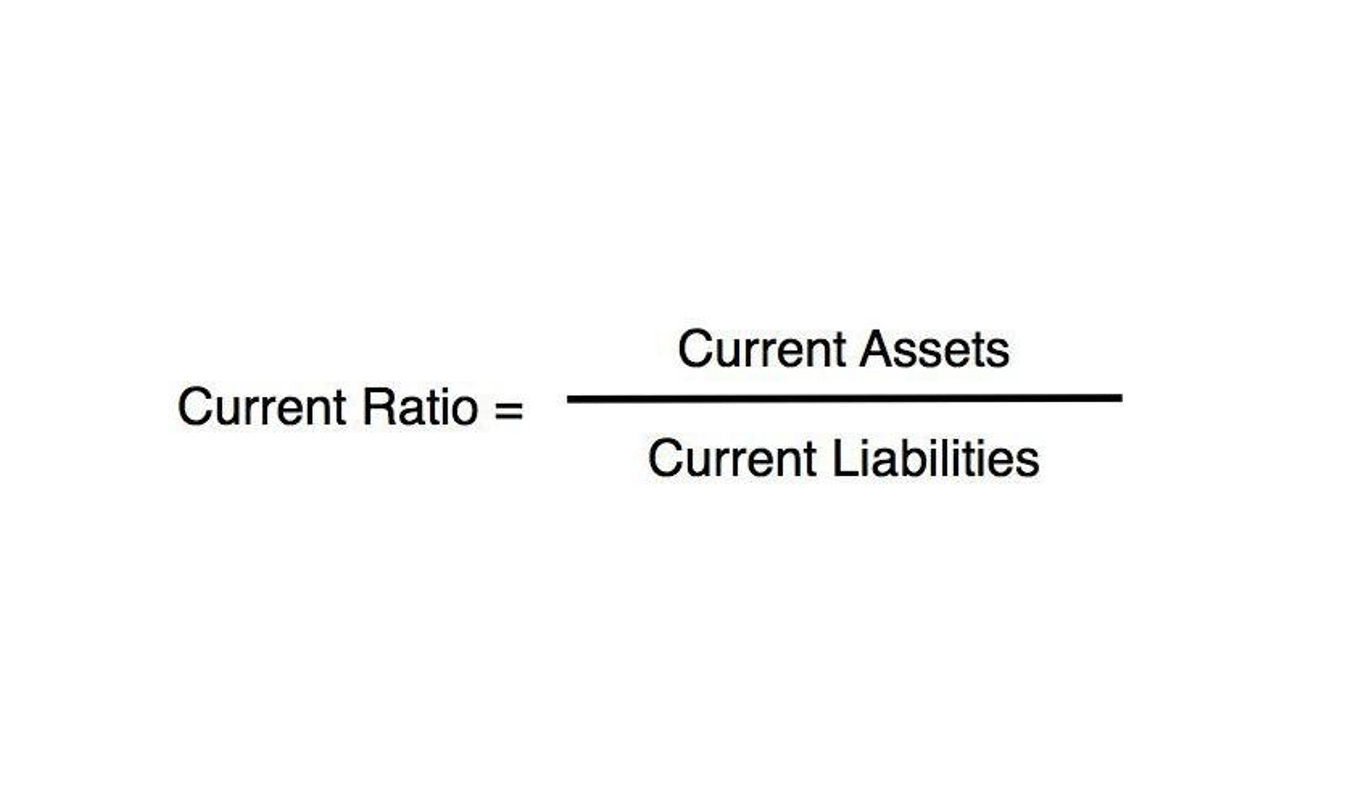
Transposition errors can occur when you’re writing down two numbers or a sequence of numbers (e.g., 2553 vs. 5253). As such, the account was under-debited by $90, while the sales account was under-credited by the same amount. Charles Hall is a practicing CPA and Certified Fraud Examiner. He frequently speaks at continuing education events.Charles consults with other CPA firms, assisting them with auditing and accounting issues. Chartered accountant Michael Brown is the founder and CEO of Double Entry Bookkeeping. He has worked as an accountant and consultant for more than 25 years and has built financial models for all types of industries.
Great! The Financial Professional Will Get Back To You Soon.
Since accounting errors can disrupt your business, every small business should know the most common types of accounting errors so it’s easier to spot and correct them. Accounting errors are usually unintentional mistakes made when recording journal entries. Reversing accounting entries means that an entry is credited instead of being debited, or vice versa. The issue is that you can’t spot this mistake in your trial balance—it will still be in balance regardless. However, a trial balance cannot disclose errors of principle, errors of omission, posting to the wrong account, the wrong entry of the amount in the original books, and compensating errors.
Why You Can Trust Finance Strategists
Note that the adjustment corrects the balance sheet accounts, including retained earnings, to the https://www.bookstime.com/ amounts that would have been reported at December 31, 2022, had the error never occurred. The adjustment to retained earnings represents the net effect on income of the correction in 2020 and 2021, that is, . As well, because the books for 2022 have not yet been closed, we are able to adjust the two expense accounts, depreciation and income taxes, directly to the income statement.
Selection and application of accounting policies
- If you find a mistake when reconciling your accounts, adjust the affected journal entries.
- If there are still errors after checking the journal, ledger, subsidiary books, and trial balance totals, then transfer the difference to a temporary account (called a suspense account).
- The vehicle’s cost was $50,000 and was expected to have a useful life of five years with no residual value.
- If a transaction is recorded in the subsidiary book with the incorrect amount, both the debit and credit entries made subsequently in the ledger will be incorrect despite being equal in terms of figures.
- This is a retroactive change that requires the restatement of previous financial statements.
- Upon the identification of an accounting error, the next phase is the error correction process.
To find accounting errors in your books, you have to be willing to do a little extra legwork. Combining company and personal funds can wreak havoc on your business’s books. Tracking income and expenses can be difficult when you mix them together. Not to mention, it can be a disaster come tax time.Keeping funds separate with a business bank account can help you maintain a better picture of your company’s cash flow and financial standing. Either way, one https://x.com/BooksTimeInc error can cause a ripple effect, easily causing your books to become disorganized and inaccurate.
- Not recording data is common, whether it’s not reporting expenses or not adjusting inventory quantities.
- Generally, rectification is carried out through the journal proper.
- Reconciliation of accounts is a common practice that can reveal differences needing investigation.
- It was recorded in the cash book and posted to the ledger at $2,930.
- If you use the AWS System Manager Incident Manager COE template, then the five whys section is included as part of the Incident questions under the Prevention section.

For information pertaining to the registration status of 11 Financial, please contact the state securities regulators for those states in which 11 Financial maintains a registration filing. The process of finding and correcting mistakes of this kind is called Rectification of Errors. Rectification of Errors can be addressed by answering the questions of correction of errors what, why, and how. See what correction is needed (i.e., the rectified entry that is recorded by comparing the entries in (1) and (2)). By debiting the same amount to a suspense account, the balance of the suspense account is reduced to that extent.

While making any type of entry in your books, double-check your work to ensure everything is accurate. If you catch an error along the way, fix it as soon as you can to avoid any other problems. If you are the auditor, consider whether the error was intentional (fraudulent). What if, for example, the recording of the 2018 payables would have adversely affected the company’s compliance with debt covenants? Then the understatement of payables may have been intentional.

Accounting Research Online
The quality of the output of the correction of error exercise depends on the quality of the data that is used to build it. If you don’t currently have a regular accounting process, consider starting one to catch accounting mistakes early on and prevent future issues. Even the most seasoned business owner or accountant may switch up entries every once in a while. To avoid any issues with your books, watch out for reversed entries. A prior period adjustment might be desired for other reasons as well.

In other cases, management may try to offer explanations that suggest the error is just a change in estimate, not requiring retrospective restatement. Sometimes these justifications may be motivated by factors that don’t reflect sound accounting principles. As such, the accountant must be prudent and exhibit good judgment when examining the causes of errors to ensure the final disclosures fairly present the economic reality of the situation. Sometimes these justifications may be motivated by factors that don’t reflect sound accounting principles.

